May 23, 2025 | 07:00 GMT +7
May 23, 2025 | 07:00 GMT +7
Hotline: 0913.378.918
May 23, 2025 | 07:00 GMT +7
Hotline: 0913.378.918
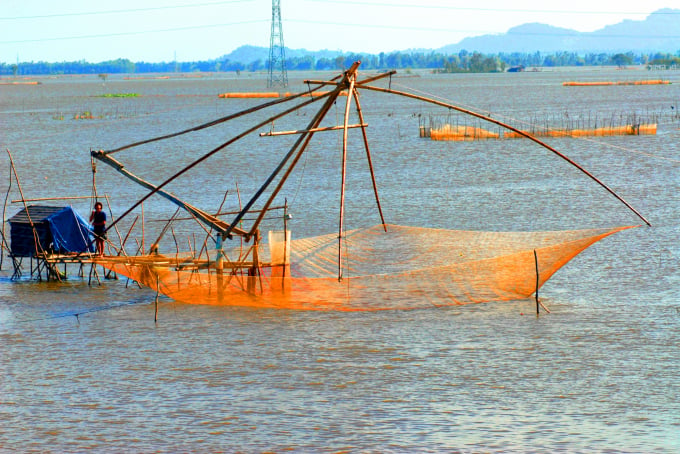
The Mekong River has a total flow of about 475 billion cubic meters yearly, of which 80% flows during the wet season and 20% during the dry season. Photo: Le Hoang Vu.
20 years ago, the name Mekong River Delta was attached to flooding. However, there have been series of other occurrences emerging in recent years including water shortage, saltwater intrusion, climate change, Me Kong hydroelectricity, overexploitation of underground water leading to depression, inundated urban, sea-level rise, polluted rivers, polluted sea.
If water management is only for the sole purpose of serving production with a freshwater farming system, the way of water management will be very different and much simpler than that to maintain the healthy operation of the natural system of the delta.
The health of the delta includes the health of the land, the health of the rivers, and the health of the sea, in which in terms of water type are freshwater, saltwater, brackish water, and in terms of water source includes water from the upstream Mekong flows back, rainwater, groundwater, seawater in an overall system operating in harmony.
The Mekong River has a total volume of water at 475 billion cubic meters annually, of which 80% flows in the wet season and the remaining in the dry season. Many people complain that the big difference between the wet season and the dry season is detrimental to the delta, when there is too much water, it causes flooding and in the season when there is too little water, it causes drought.
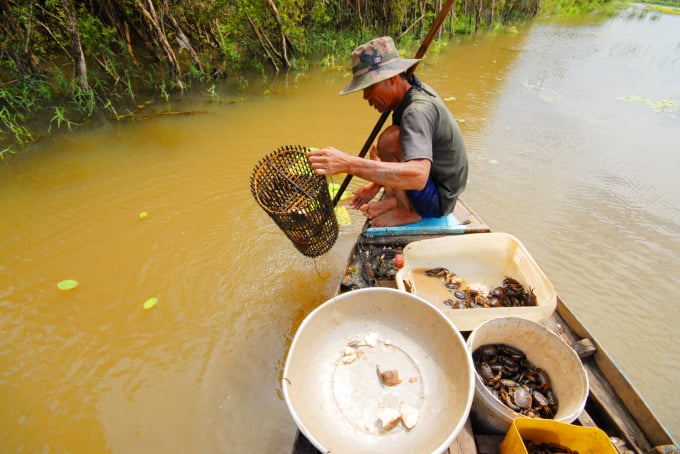
Fishing in the Dong Thap Muoi area during the flood season. Photo: Le Hoang Vu.
Because of such a disparity distribution, during the water season, the strong river flow in the upper and middle reaches can transport soil and sand materials from above, working hard every watering season for the past 6,000 years to create a plain terrain.
It is the uneven seasonal distribution that dry season exists to dry the land - alternately wet creates conditions for the soil to breathe, nourishing the ecosystem underground, and maintain the health of the soil. If the water level is the same every day of the year, there is no dry and wet alternate, the land, plants, things, and people in the region will be very different instead of the beautiful Mekong River Delta that we see today.
Rivers also need to have a natural operating variation that changes by the day, month, and year. A river is a system consisting of a mainstream, riverbanks, tributaries, land, and fields on either side.
If the river is "imprisoned", sandwiched on both sides by two dikes, it is no longer a river for the right thought, but just the flow of H2O compounds (and other impurities in the water). If the water level stays still all year round throughout the month, it is no longer a river, but just a reservoir.
So is the sea. A healthy sea must be connected to rivers because the sea needs rivers to regulate salinity and temperature, needs nutrients from the silt brought out from the river, and much marine fish need to swim in and out of river corridors or go upstream to spawn.
The Mekong Delta has a coastline of only a quarter of the country's length but features a marine fishery output equal to all other regions of Vietnam combined thanks to the Mekong River and the ecological connection between the sea and inland rivers.
In the entire Mekong River basin flowing through 6 countries, with a total of about 1,200 species of fishes, the Mekong Delta has the highest diversity, up to 450 species, thanks to the intersection of the river and the sea. Marine fisheries are an important and inseparable component of the Mekong Delta economy.
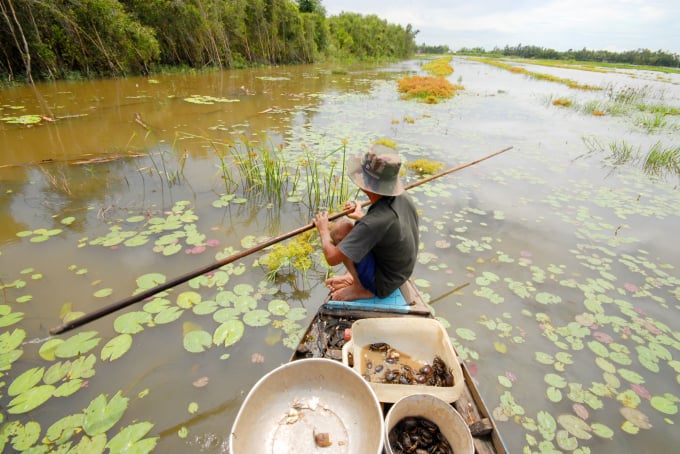
A river is a system consisting of the main stream, riverbanks, tributaries, land, and fields on either side, operating as a system. Photo: Le Hoang Vu.
Therefore, taking into account the water resources in the Mekong Delta, it can be seen that water management should not only aim at a narrow goal but must meet many needs and water management must be principled.
The water management objective needs to ensure the health of the system, land, rivers, and sea; followed by reducing the risk of loss of production, and meet domestic water needs. Water management should be a “continuous succession” rather than a separate “prescription by symptom”, which is quick to resolve symptoms but has long-term effects on the delta.
Specifically, for coastal areas, it is necessary to have measures to supply water for domestic use by works, modern technologies, and traditional experiences, but it is important to separate the work from salt-prevention works for production because stagnant, polluted water inside the salt-prevention works cannot be used for daily life.
The main spirit of Resolution 120 is to be favorable, according to which expansion works should not be continued with expanding freshwater to saline areas because these areas will be very fragile in the new context. The freshwater cultivation area should be retreated to the core zone, with safe fresh water all year round of the plain. As for the coastal area, where the salty-sweet regime alternates between two rainy and sunny seasons, it should be natural. The remaining problem is to solve the domestic water for that area.
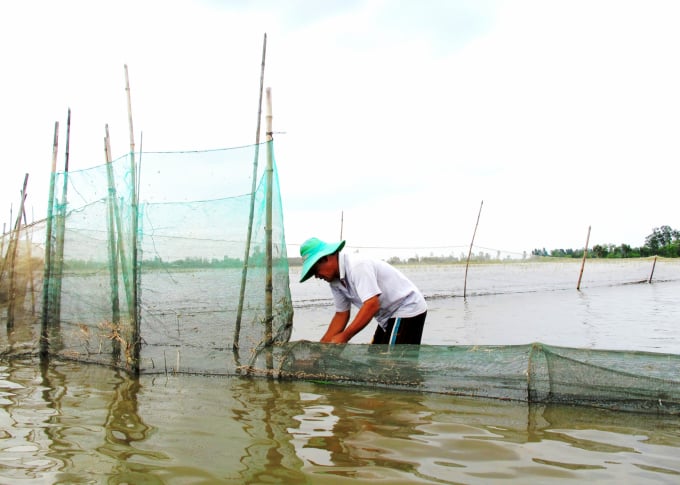
Photo: Le Hoang Vu.
The key to water management in the Mekong Delta lies in agriculture. Reforming agriculture in the direction of reducing intensive farming, focusing on quality will reduce fertilizers and pesticides, and reduce works that interfere with the rules of nature. Restored rivers will reduce groundwater use.
If rivers and seas are connected, their health will be restored, river fisheries and marine aquatic products will flourish again. If rivers and canals are circulated, water hyacinth will not explode, boats and canoes will be able to travel as previously, the beauty of river culture will be preserved.
Water control works should only be conducted on small scale, at the local level to solve specific problems of a certain region, to avoid interference for a small area, and to narrow goals that affect the whole delta system. There should be no large projects, violent interference in natural conditions, serving narrow goals that harm the overall health.
Saltwater control should be moved back to the middle border of the core freshwater of the Mekong Delta by small-scale projects and only controlled during the salty-fresh season and extreme years. The seasonally alternating salt-fresh zone is in dire need of water management facilities to serve the salt-fresh crop rotation.
Restoration of space to absorb floods during the flood season in watershed fields; Restoring the spreading space for water to avoid the paradox of " insufficient water for farms and gardens but the city is inundated" when the tide rises every year on August 30 and the full moon of the 9th lunar month.
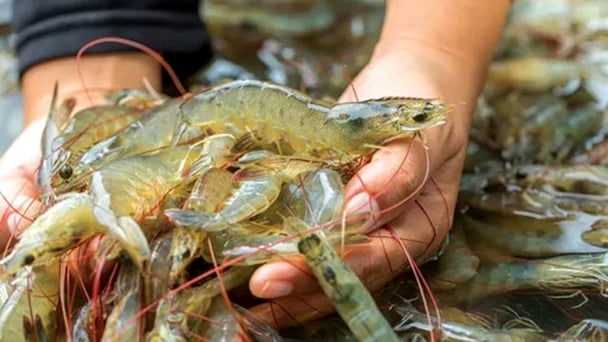
(VAN) A study assessing the carbon footprint of whiteleg shrimp farming in China shows the potential for carbon emission reduction through the use of renewable energy.
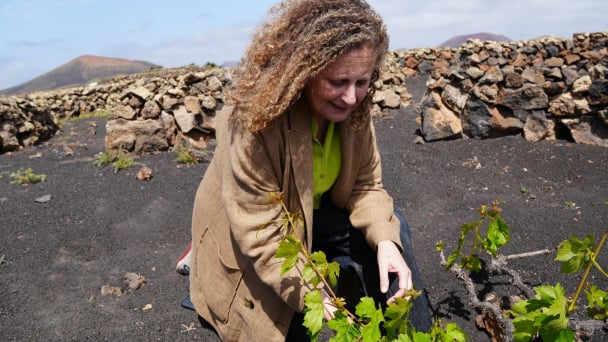
(VAN) Brazil, China, Mexico and Spain receive new designations of Globally Important Agricultural Heritage Systems from FAO.
![Reducing emissions from rice fields: [3] New values generated from carbon credit](https://t.ex-cdn.com/nongnghiepmoitruong.vn/608w/files/content/2025/05/19/dsc09613-144700_71-150957.jpg)
(VAN) In addition to helping safeguard the environment, the low-emission rice cultivation model also generates new opportunities for farmers by leveraging the carbon credit market.
![Ho Chi Minh city adapts to climate change: [1] Vulnerable in the whirlwind of development](https://t.ex-cdn.com/nongnghiepmoitruong.vn/608w/files/duyenht92/2025/05/19/3131-ngap-nongnghiep-163121.jpg)
(VAN) As the country's economic engine with a rapid urbanization rate, Ho Chi Minh city is facing increasingly serious consequences of climate change.

(VAN) On May 21, Minister of Agriculture and Environment Do Duc Duy worked with Mr. Olivier Brochet, Ambassador Extraordinary and Plenipotentiary of the French Republic to Vietnam.
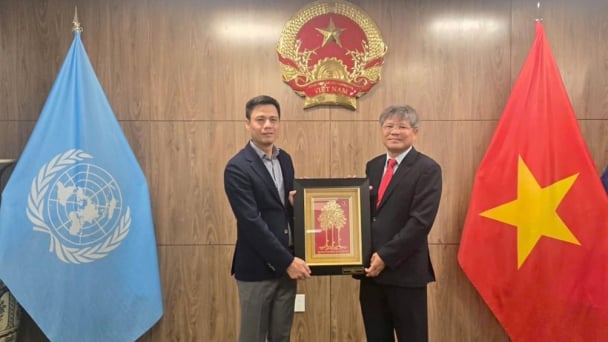
(VAN) VRG recently conducted a visit and working trip to the United States to demonstrate its efforts in redefining the role of rubber enterprises in the global value chain.
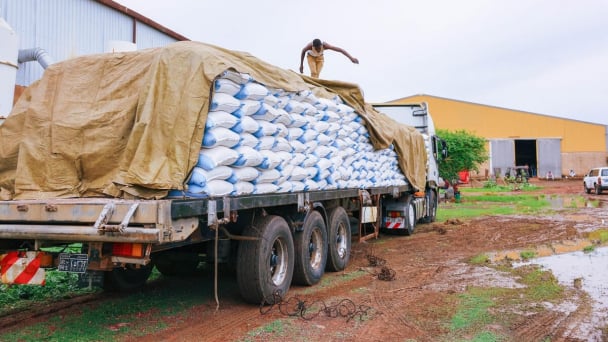
(VAN) In 2024, over 295 million people across 53 countries and territories faced acute hunger—an increase of almost 14 million people compared to 2023, while the number of people facing catastrophic levels of hunger reached a record high.